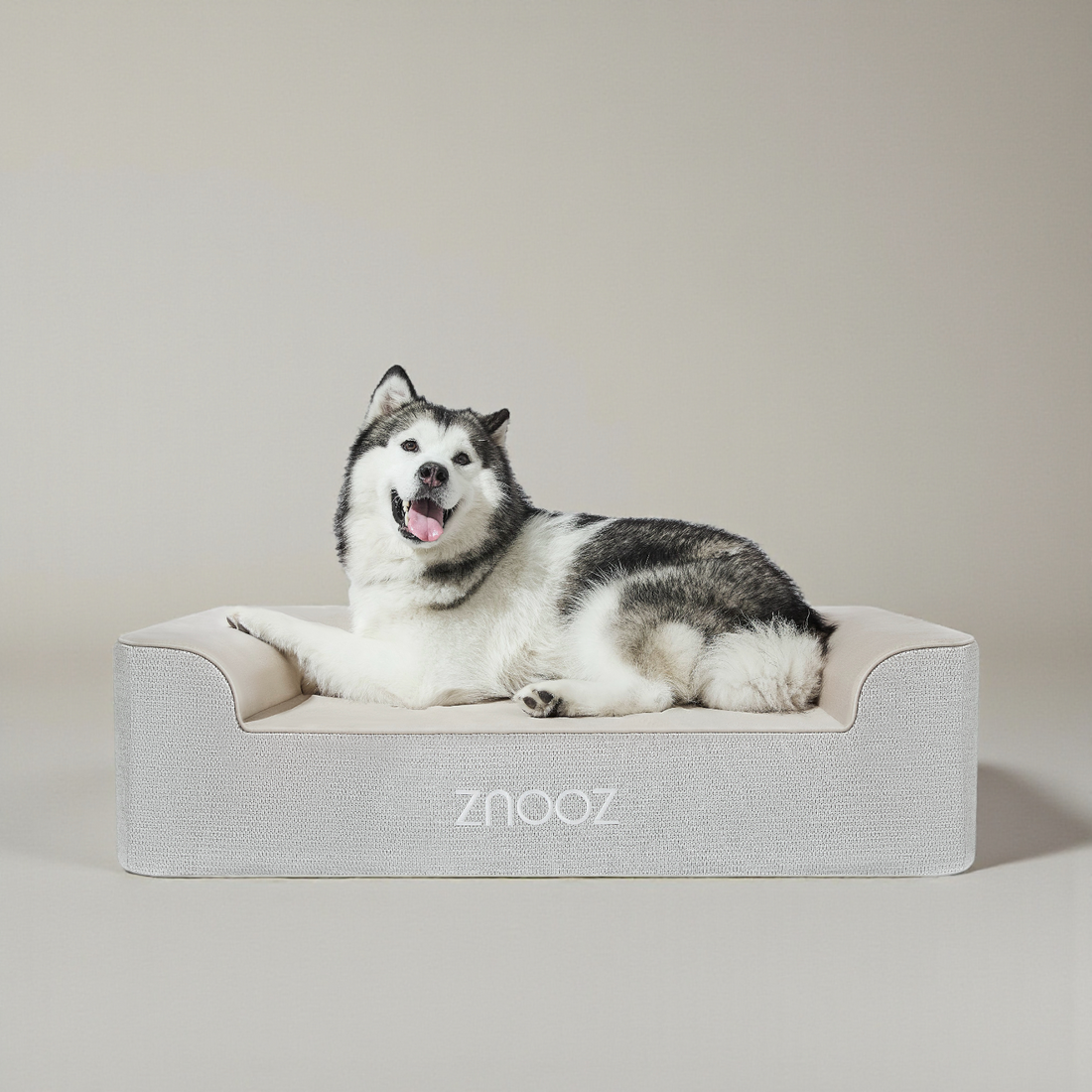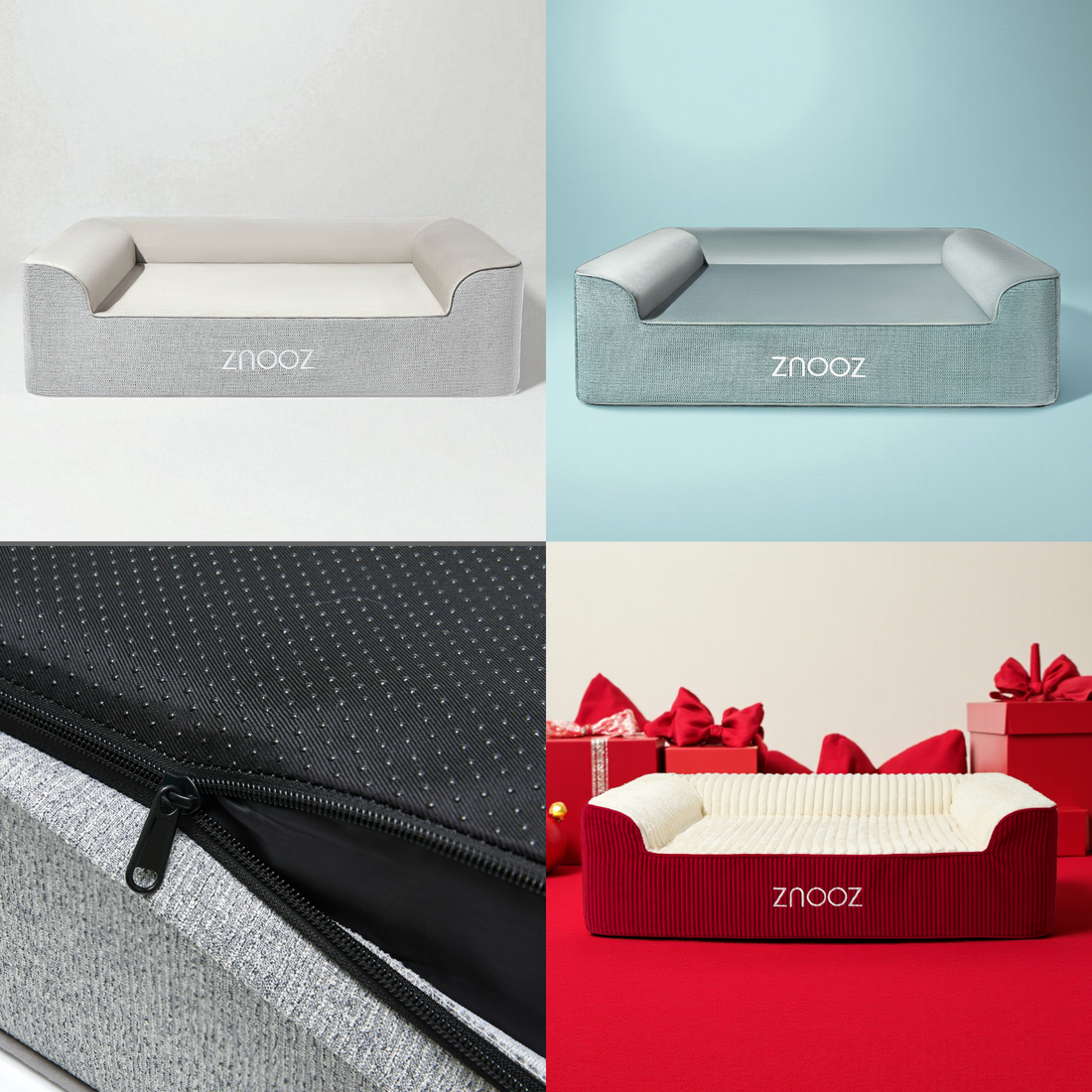Introducing a new dog bed into your home can be both exciting and challenging. While it promises comfort and support, some dogs take time to fully embrace the change. Here are five important strategies to make the transition smooth and ensure your dog quickly feels cozy and secure in their new bed.
1. Choose the Right Bed for Your Dog's Needs
First and foremost, selecting a bed that suits your dog’s size, sleeping style, and health is crucial. A bed that’s too small or too large can be uncomfortable and deter your dog from using it. For large breeds or dogs with joint issues, an orthopedic bed with supportive foam reduces pressure points and promotes restful sleep. Consider materials that match your dog’s preferences and sensitivity—whether it’s plush fabric, memory foam, or breathable covers. When your dog finds the bed physically comfortable, they’re much more likely to settle quickly.
2. Make the Bed a Familiar, Inviting Space
Dogs rely heavily on scent and familiarity to feel safe. Introduce the bed gradually by placing it where your dog naturally likes to rest. Adding a favorite blanket or a toy that smells like home can create a welcoming environment. You can also gently rub an item of your clothing on the bed to transfer your scent, which many dogs find calming. This mix of familiar smells and cozy items turns the new bed into an inviting den, encouraging your dog to explore and relax there.
3. Use Positive Reinforcement to Build a Connection
Positive reinforcement is one of the most effective ways to help your dog accept a new bed. When your dog approaches, sniffs, or lies down on the bed, reward them immediately with treats, praise, or their favorite toy. Using consistent commands such as “bed” or “place” paired with rewards helps your dog associate the bed with good experiences. Over time, this encourages voluntary use without prompting, turning the new bed into their preferred resting spot.
4. Establish a Comfortable and Consistent Routine
Dogs thrive on routines. Establish a calm and consistent bedtime schedule that signals it’s time to rest. Engaging in quiet activities before bedtime—like a slow walk or gentle play—and guiding your dog to their bed reinforces when and where they should settle. Consistency in commands and timing helps your dog understand expectations and feel secure, reducing anxiety around the new bed.
5. Be Patient and Attentive to Your Dog’s Comfort
Every dog is unique and adapts at their own pace. Be patient and avoid forcing your dog onto the bed, as this can create resistance or stress. Monitor their behavior and comfort level; if they avoid the bed, try adjusting its location or adding extra cushions or blankets for added softness. Regularly check the bed for cleanliness and wear, as dogs are sensitive to texture and smell. Providing a supportive, clean, and comfortable space shows your dog you respect their preferences, helping them embrace their new bed with confidence.
With these five strategies, your dog will soon discover that their new bed is not just a place to sleep—but a safe, cozy sanctuary designed just for them. Comfortable rest means a happier, healthier pup ready for all the adventures ahead.






